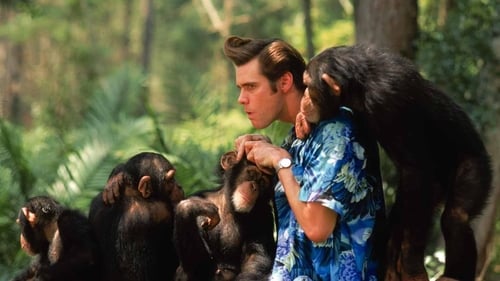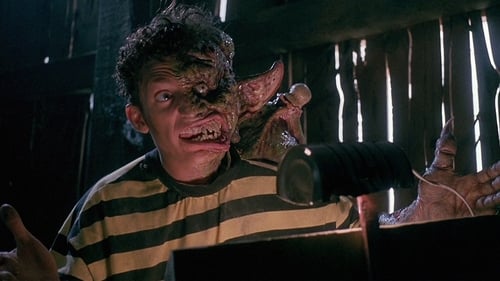
Production Manager
자신의 눈앞에서 절벽아래로 떨어져 죽은 너구리를 목격한 에이스는 자책감으로 깊은 절망에 빠진다. 잔인한 기억만이 남은 세상과는 담을 쌓고 티벳의 한 수도원에서 은둔의 세월을 보내고 있는데. 득도를 눈앞에 둔 에이스 앞에 나타난 그린 월. 그는 에이스에게 거액을 제시하며 어떤 특별한 동물을 찾아줄 것을 부탁한다. 에이스는 자신의 높은 정신 세계의 완성을 위해 거절하지만 수도승들의 열화와 같은 성원(?)에 힘입어 분연히 떨쳐 일어나 세상을 구하기로 결심한다. 아프리카에 도착한 에이스는 니비아 영사를 만나 자신이 찾아야 할 동물이 와추투족으로 시집갈때 결혼 지참금으로 가져가기로 약속한 너무 중요한 동물! 만약 결혼식때 이 시카카가 없으면, 그렇지 않아도 호전적인 와추투족은 와차티족을 공격해 부족간의 피튀기는 전쟁이 불가피하다는 것이다.

Production Manager
리키 쿠간은 잘 나가는 배우로 남자들에게는 선망을, 여자들에게는 사랑을 받고 있다. 그런 어느날 EES라는 거대한 그룹의 사장이 리키에게 농약 선전 모델료로 5백만 달러를 제시한다. 리키는 농약이 유해하다는 소문은 거짓이라는 사장의 말을 믿고 친구 어니와 함께 남미에 있는 산타플랜 농약 선전을 위해 떠난다. 그곳에서 변장한 리키는 우연히 아름다운 줄리를 만나지만 그녀는 농약을 반대하는 환경운동가이다.

Director
Shopping Bag, Spirits and Freeway Fetishes: Reflections on Ritual Space explores nine Los Angeles based artists reflecting on ritual in their life and art. Artist David Hammons discusses the role of chance and improvisation in his work while working on sculpture on a waste site while N’Senga Nengudi talks about staging her performances in freeway underpasses. Spanning performance to spoken word, environmental sculpture to music each artist talks about how ritual and cultural traditions informs their work. This experimental essay intercuts interviews, documentation and photographs with the music of Don Cherry seeking to adjust the criteria and language used to talk about artists of colour.

Production Manager
Filmmaker Alicia Dhanifu, who appears in director Jamaa Fanaka’s Emma Mae, constructs a rigorous and beautifully rendered history of belly dancing — its roots and history, forms and meanings. The filmmaker performs this art as well, alone and with other dancers. —Shannon Kelley

Director
Made in collaboration with performer Yolanda Vidato, Water Ritual #1 examines Black women’s ongoing struggle for spiritual and psychological space through improvisational, symbolic acts. Shot in 16mm black-and-white, the film was made in an area of Watts that had been cleared to make way for the I-105 freeway, but ultimately abandoned. Though the film is set in contemporary L.A., at first sight, Milanda and her environs (burnt-out houses overgrown with weeds) might seem to be located in Africa or the Caribbean, or at some time in the past. Structured as an Africanist ritual for Barbara McCullough’s “participant-viewers,” the film addresses how conditions of poverty, exploitation and anger render the Los Angeles landscape not as the fabled promised land for Black migrants, but as both cause and emblem of Black desolation. (Jacqueline Stewart)

Director
Barbara McCullough‘s newest film, Horace Tapscott: Musical Griot, is a profound meditation on the importance of the black tradition to the music, art, history, and activism of Los Angeles and beyond. Horace Tapscott was an underappreciated musical genius and community activist deeply involved in one the most exciting periods of Los Angeles jazz history. Black-listed in the 1960s and ‘70s because of his political affiliations (his “Arkestra” was the band of choice to perform at political rallies), during the Watts Rebellion of 1965, police actually shut down his performances, accusing him of inciting people to riot with his music. Horace Tapscott: Musical Griot tells his story in the manner of a griot, or story-teller, who in West African societies maintain the legacy, knowledge, and history of their group traditions in oral form.





